#Kongo
Text
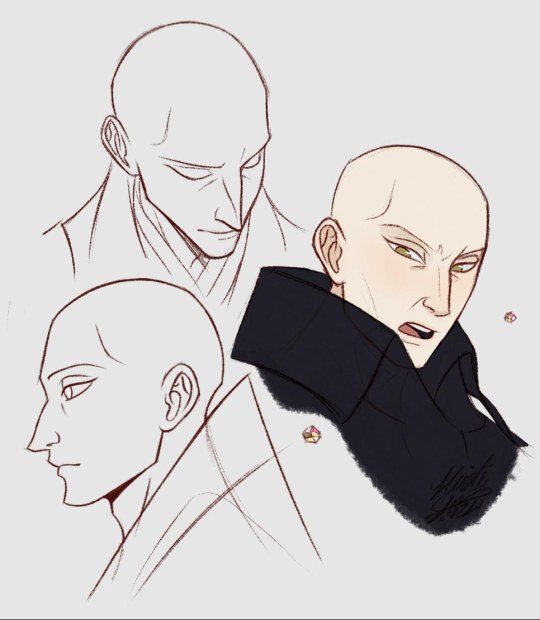
Kongo Sensei Studies 🧡💎
#houseki no kuni#houseki no kuni fanart#land of the lustrous#hnk#hnk fanart#lotl#lotl fanart#kongo#kongo sensei#adamant#adamant sensei#master adamant#master kongo
157 notes
·
View notes
Text

Bakongo spiritual protections influenced African American yard decorations. In Central Africa, Bantu-Kongo people decorated their yards and entrances to doorways with baskets and broken shiny items to protect from evil spirits and thieves.
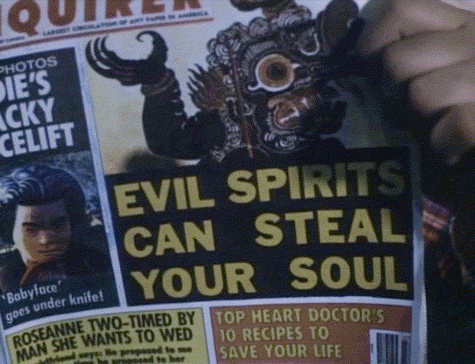
This practice is the origin of the bottle tree in Hoodoo. Throughout the American South in African American neighborhoods, there are some houses that have bottle trees and baskets placed at entrances to doorways for spiritual protection against conjure and evil spirits.
In addition, nkisi culture influenced jar container magic. An African American man in North Carolina buried a jar under the steps with water and string in it for protection. If someone conjured him the string would turn into a snake. The man interviewed called it inkabera

#inkabera#nkisi#hoodoo#african american#african traditional religions#kongo#bantu#central africa#north carolina#bottles#african#afrakan#kemetic dreams#africans#brownskin#afrakans#african culture#afrakan spirituality#glass#dishware#wood#glassware#hearts
132 notes
·
View notes
Text




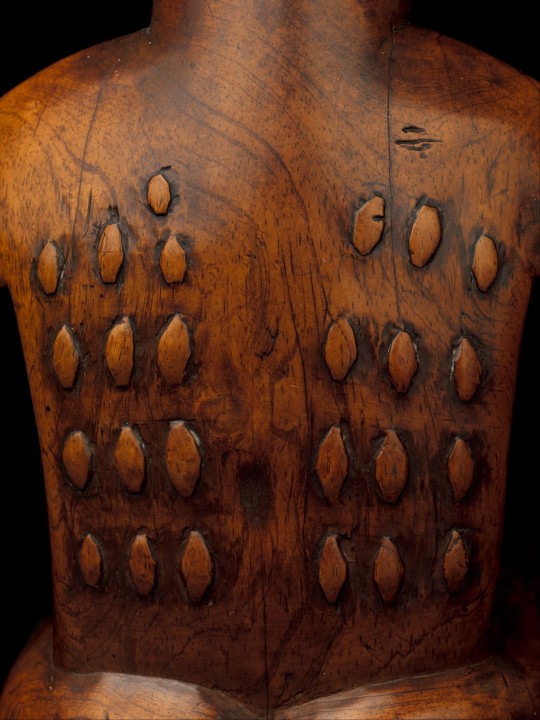
▪︎ Seated Male Figure.
Date: mid to late 19th century
Place oforigin: Angola or Democratic Republic of the Congo
Culture: Kongo peoples, Kakongo group
Medium: Wood, glass, metal, kaolin.
#19th century#19th century art#art#decorative arts#history of art#history#art history#ethnic art#traditional art#sculpture#seated male figure#angola#democratic republic of the congo#congo#kongo#kakongo
50 notes
·
View notes
Text

favorite thing about this manga is that aliens didn't even need to interfere. humanity did this to itself, and then had its robots carry out the final extermination and 'pray away' game when they realized their souls couldn't move on just yet!
20 notes
·
View notes
Text

lasagna gem
#my art#art tag#art#artists on tumblr#finger drawing#mobile art#phone art#digital art#houseki no kuni#land of the lustrous#phos#houseki no shitpost#phosphophyllite#kongo#meme
128 notes
·
View notes
Text


No matter which fandom I go to, he continues to follow me...
18 notes
·
View notes
Photo






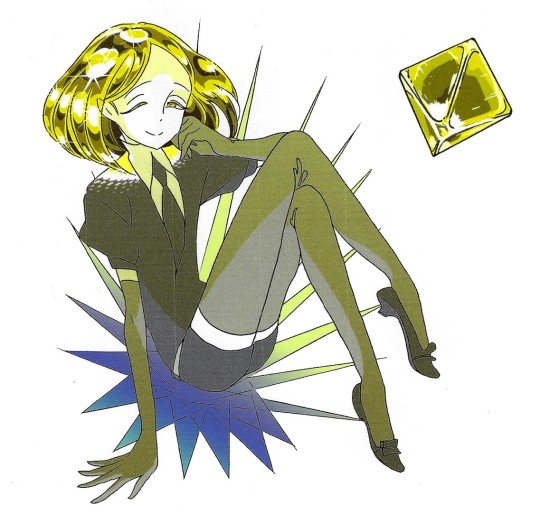

Land of the Lustrous (Houseki no Kuni) - Gems (art from the volume 4 special edition playing cards)
Kongo-sensei (Adamant)
Jade
Diamond
Zircon
Cinnabar
Phosphophyllite
Yellow Diamond
Euclase
#land of the lustrous#houseki no kuni#manga#haruko ichikawa#kongo sensei#kongo#adamant#jade#diamond#zircon#cinnabar#phosphophyllite#yellow diamond#euclase
378 notes
·
View notes
Text
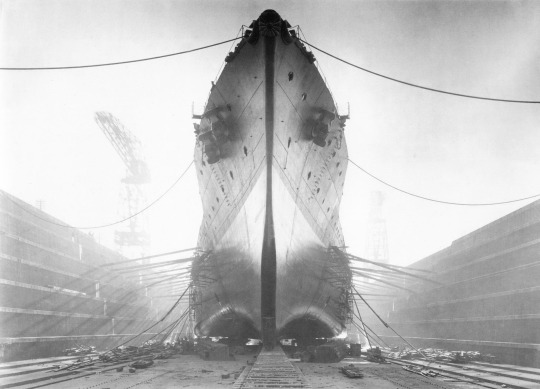
Le cuirassé Kongo de la Marine Impériale japonaise en cale sèche lors de la 1ère refonte du navire – Yokosuka – Japon – 1930
Le croiseur de bataille Kongo est entièrement refondu de septembre 1929 à mars 1931. A la sortie du chantier naval le 31 mars 1931 le navire est reclassé en cuirassé.

#WWII#avant-guerre#pre-war#marine impériale japonaise#imperial japanese navy#ijn#cuirassé#battleship#classe kongo#kongo-class#kongo#croiseur de bataille#battlecruiser#yokosuka#japon#japan#1930
11 notes
·
View notes
Text
I love the little design details in the Kongou class.
Kongou and Kirishima both have chrystal accessoires


Everyone's name starts either with "H" or "K" (so far so good), which in turn gives us the following results concerning hair colour:
K = Blonde
K = Brown
H = Brown
H = Blonde
Of every hair colour we also have a "short" and "long" version.
Blonde would be Haruna (long) and Kongou (short (her hair isn't actually short, but it's always showed pinned up which counts as far as I am concerned)).
Brown would be Hiei (long) and Kirishima (short).
Every sister carries another as her eyes.
Kongou's eyes are red, Hiei's biolights are red/pink.


Hiei's eyes are yellow/gold, Haruna's lights are yellow.


Haruna's eyes are green, Kirishima's lights are green.

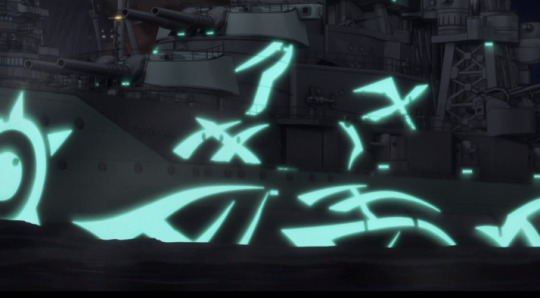
Kirishima's eyes are purple, Kongou's lights are purple.

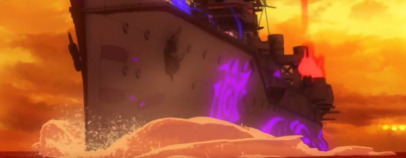
ALL FOUR went batshit crazy and with that I mean
1. Kongou's berserk run
2. Kirishima's mental breakdown when she was hunting Iona in Yokosuka
3. Manga Haruna who ALSO went on a berserk run and had to be calmed down by the Admiralty Code itself
4. Hiei in DC after having one (1) conversation with Iona
Our two blondes also wear mostly dark clothing, while the brunettes wear more colourful/lighter stuff.
Everyone except Haruna also wears lipstick, but I don't really see a pattern here, tbh.
Also, I dare to assume that Kongou's mental model is albinistic, which makes the whole black ship thing insanely funnier since someone essentially was like: "Oh! Let's give the melanistic ship, who is the literal reason her fleet is called Black Fleet, an albinistic mental model!" and then went with it.
#aoki hagane no arpeggio#arpeggio of blue steel#蒼き鋼のアルペジオ#kongou#kongo#kongō#コンゴウ#haruna#kirishima#hiei#ハルナ#ヒエイ#キリシマ
13 notes
·
View notes
Text

One of the earlier armor designs attacks the chosen version.
14 notes
·
View notes
Text
The Kingdom of Loango was rich and successful, but had its darker side too. From the encounters with European explorers to the complex dynamics of trade and slavery, the triumphs and tribulations of this remarkable pre-colonial state impacted and shaped what would become Western Congo.
24 notes
·
View notes
Text
Chéri Samba – born in Congo in 1956 one of the greatest African painter of his generation. One of the founders of Kinshasa’s “Popular Painting”.
Incredible details from the exhibition hosted by the Musée Maillol in Paris.



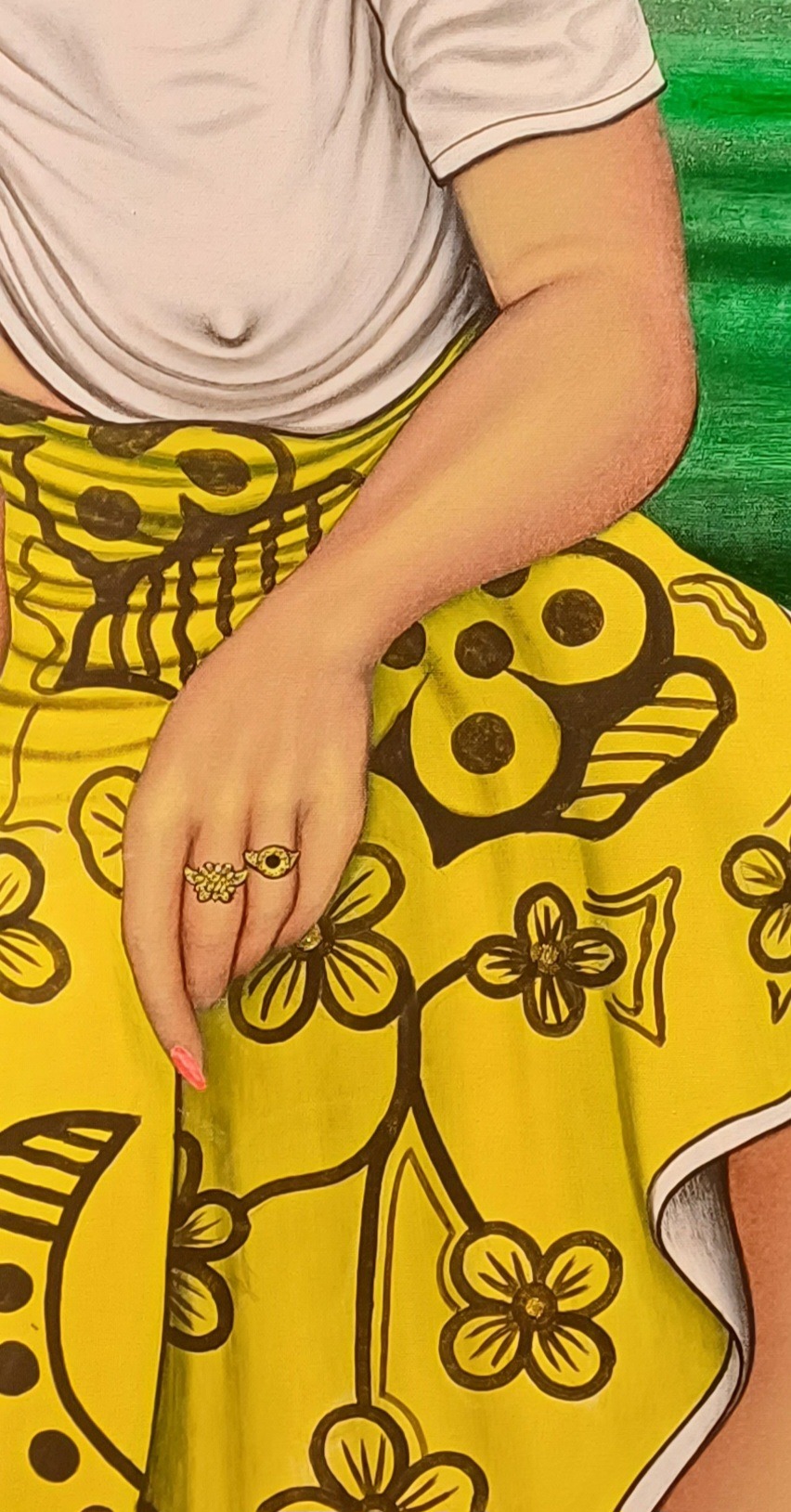
6 notes
·
View notes
Text


During the era of slavery, occultist Paschal Beverly Randolph began studying the occult and traveled and learned spiritual practices in Africa and Europe. Randolph was a mixed race free African man who wrote several books on the occult. In addition, Randolph was an abolitionist and spoke out against the practice of slavery in the South.
After the American Civil War, Randolph educated freedmen in schools for former slaves called Freedmen's Bureau Schools in New Orleans, Louisiana, where he studied Louisiana Voodoo and hoodoo in African American communities, documenting his findings in his book, Seership, The Magnetic Mirror. In 1874, Randolph organized a spiritual organization called Brotherhood of Eulis in Tennessee.
Through his travels, Randolph documented the continued African traditions in Hoodoo practiced by African Americans in the South. Randolph documented two African American men of Kongo origin that used Kongo conjure practices against each other. The two conjure men came from a slave ship that docked in Mobile Bay in 1860 or 1861.

#kongo#african american#mobile bay#randolph#paschal beverly randolph#sex magick#seership#magnetic mirror#tennessee#american civil war#louisiana voodoo#hoodoo#rootwork#conjure#ancestor veneration#witchblr#pagans of tumblr#afrakans#brownskin#africans#kemetic dreams#afrakan#african#brown skin#african culture#afrakan spirituality#africa#europe
53 notes
·
View notes
Text

Japanese Battleship Kongō (金剛, Mount Kongō) is bracketed by 1,000 lb. bombs during an air strike on the Japanese task force off Panay Island, Philippines.
Photographed on October 26, 1944.
NARA: 193802518
#Japanese Battleship Kongō#Kongō#Japanese Battleship Kongo#Kongo#Kongo Class#Japanese Battleship#Battleship#warship#ship#boat#October#1944#Imperial Japanese Navy#IJN#World War II#World War 2#WWII#WW2#History#WWII History#my post#Kongō Class
53 notes
·
View notes
Text
Houseki no Kuni - Questioning Everything: Enma & Kongou Sensei [Thread]
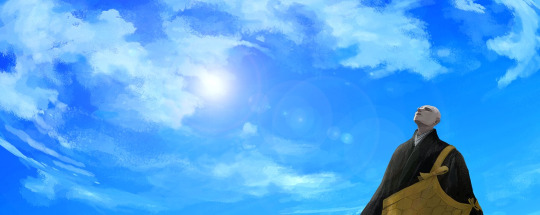
As revealed in Ch.89 Aechmea is a reference to the the Buddhist God of Hell - Enma Daiō. He is said to be both the ruler of the underworld, and the one who judges the souls of the dead on whether they go to Heaven or Hell. Some of this information gets interesting now....
Multiple sources state: "In the Indian Veda myth, he is said to be the incarnation of the Jizo Bosatsu, the stone statue which is the god of help in Japanese Buddhism." Sensei's full name? Kongou Daihijisho Jizo Bosatsu

Their relationship is still unknown and, to put frankly, extremely suspicious. Multiple panels and dialogue throughout the series emphasize they are one-in-the-same:
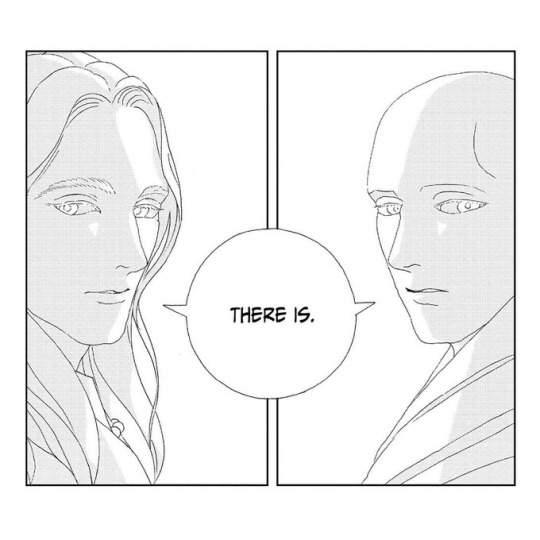
Its also noted that Enma was the first person to die. In chapter 89, after Barbata explains his role during the history of the Lunarians, Enma shows disappointment when talking about who to prioritize for enlightenment [...]
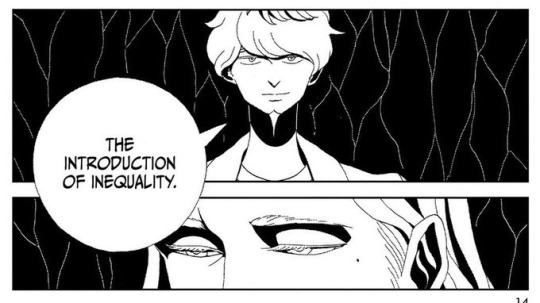
However, in Chapter 65 Kongou makes a similar remark regarding humanity, noting that Equality and Tolerance are concepts which never upheld for long within Humanity [...]

[cont.] "Because he is also an incarnation of the god of help, it is said that he can come and go freely between heaven and hell." This perfectly explains Enma's vaporisation and instant-arrival on Earth to confront Phosphophyllite during the onset [...]
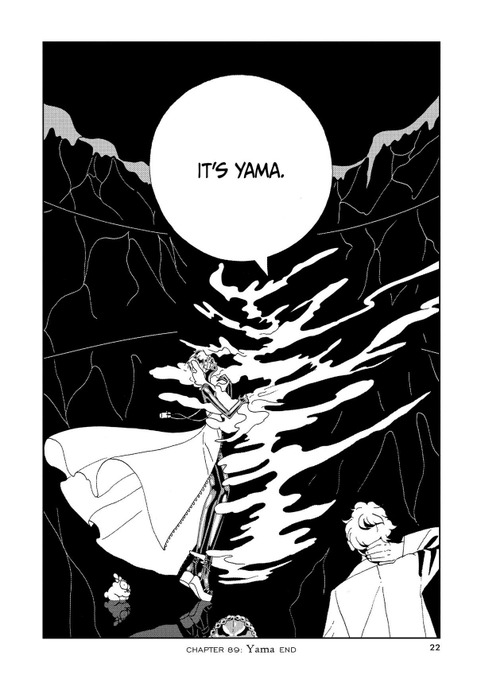
Another interesting detail is how easily Enma can speak on Earth? This was something every Lunarian had trouble performing and could barely make a sound. [...]
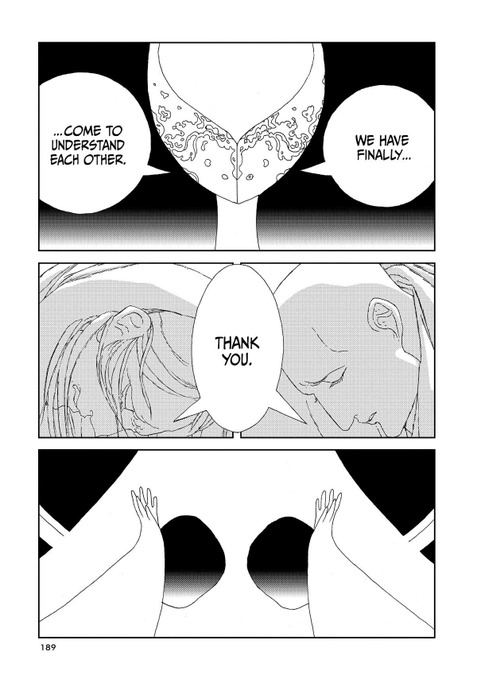
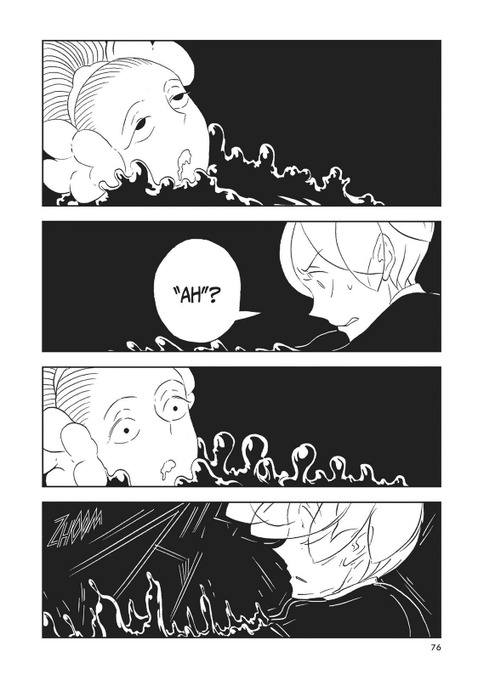
Back to Kongou - "Jizo Bosatsu is the protector of children. In Japanese folklore, Jizo hides the children in his robes to protect them from 'demons' and guide them to salvation" [...]
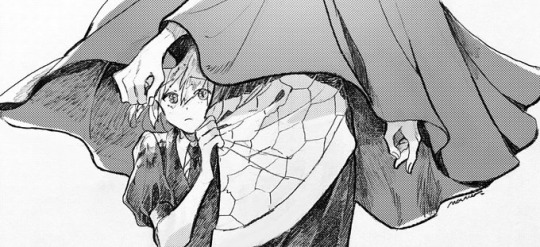
"Unlike most bodhisattvas, who are shown wearing richly adorned clothing to indicate their exalted status, Jizo has a shaved head and wears the simple robes of a monk. He made a vow not to become a full Buddha until all souls have been freed from suffering."
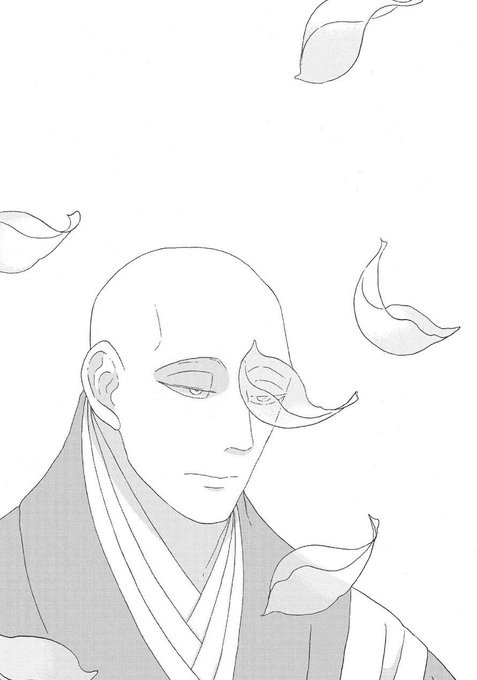
ICHIKAWA WHAT ARE YOU COOKING?!!
Head-cannon: Enma is a significant figure related to the team whom worked with Ayumu. Perhaps he was the first person to be subject to enlightenment by this machine. Something went wrong and Kongou had a 'change in physical appearance.' They HAVE to be linked at this point
#HNK#HousekiNoKuni#宝石の国#phosphophyllite#Manga#Kongo#Aechmea#land of the lustrous#Buddhism#HNK Theory
8 notes
·
View notes
Photo

Makuta performance in an old Kongo cabildo.
Source: Robin D. Moore - Fernando Ortiz on Music: Selected Writing on Afro-Cuban Culture (2018: 101)
18 notes
·
View notes